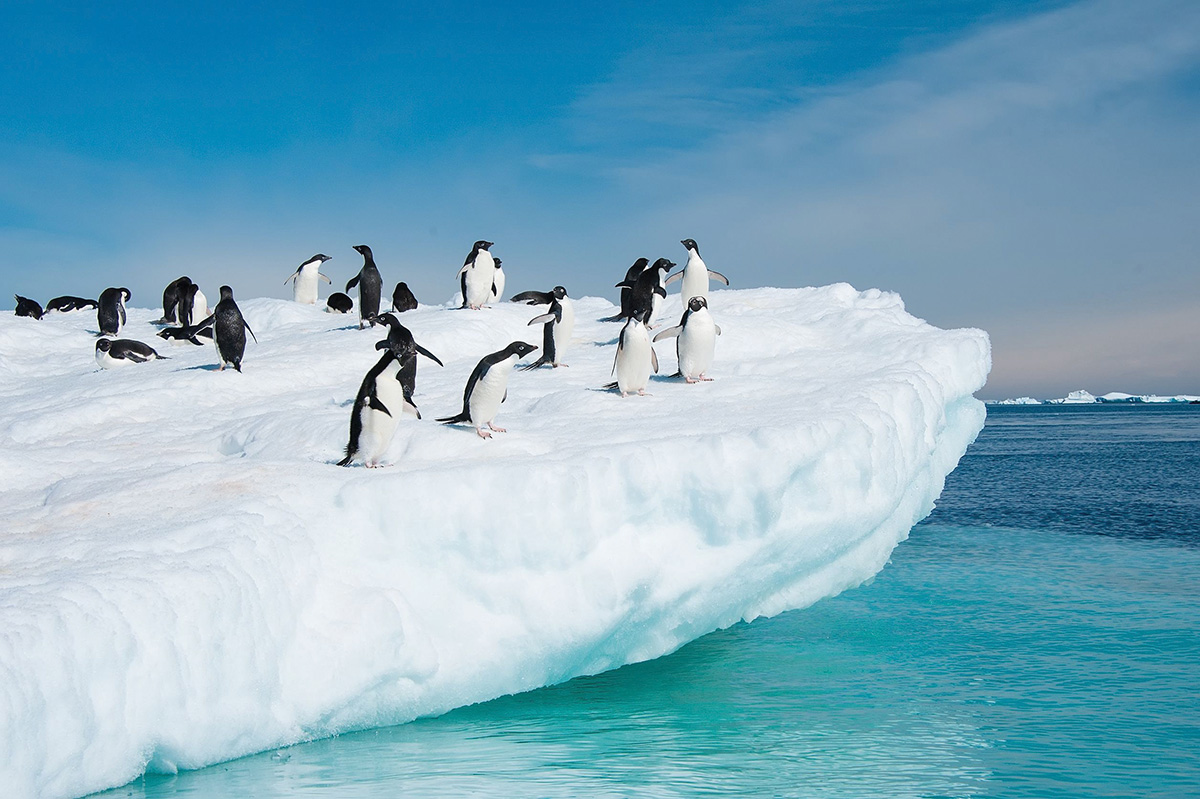 FACT 1: Penguins in captivity have been observed engaging in long-term same-sex partnerships at zoos around the world, even building nests together and adopting baby penguins to raise as their own.
FACT 1: Penguins in captivity have been observed engaging in long-term same-sex partnerships at zoos around the world, even building nests together and adopting baby penguins to raise as their own.
FACT 2: A chameleon’s tongue can be as long as its body and it’s covered with saliva so sticky it bonds stronger than rubber cement.
FACT 3: Oysters aren’t known globally as the aphrodisiacs of the sea for nothing. Throughout their lifespan, they will change gender several times, often fertilizing their own eggs.
FACT 4: Chew on this: A beaver’s front teeth never stop growing; it’s their way of countering the damage done by gnawing on bark.
FACT 5: Some people suffer from snow-phobia, the name for it is chionophobia. One of the largest concerns of sufferers is the nagging feeling they will become snowbound. So much for snow days.
FACT 6: Although lions can be ferocious, they also tend to be very laid back and lethargic, spending up to 20 hours a day resting. Just don’t tell them they’re being lazy, they might bite.
FACT 7: Polar bears have black skin under their transparent coat with a nearly 5-inch thick layer of fat under it to trap in heat. They look white because they reflect light.
FACT 8: Galapagos tortoises have an extremely slow metabolism, which means they can survive up to a year without eating or drinking anything.
FACT 9: Giraffes give birth standing up with their newborns enduring a hard fall of at least 5 feet to the ground.
FACT 10: Rats have excellent memories, a natural GPS of sorts. Once they learn how to navigate a route, they’ll never stop and ask for directions.
FACT 11: If you’re looking for a faithful spouse, you may want to consider falling for a seahorse. Not only are the males the ones doing the birthing, they are also one of the most monogamous creatures on earth, staying with their mate for better or worse, in sickness and in health.
FACT 12: Hungry? You’re probably not as hungry as a desert locust. Their swarms can be 460 sq. miles in size and can consume 423 million lbs of plants in a single day.











